The Voigtlander 15mm f/4.5 is a lens that I’m not unfamiliar with. In fact, I’ve owned one before, though since the period of ownership preceded 35mmc, it feels a little like it was in a past life. Recently reviewing the 16mm Hologon had me wondering whether or not I should buy one again. I’d enjoyed the Hologon, but couldn’t justify the outlay for the minimal amount I’d use one. As such, I figured the Voigtlander 15mm might just be the obvious alternative…? Just as I was going through this thought process, it was suggested to me by Alex Yates, that I might borrow his Voigtlander to compare it to the Hologon – just as when James made me a similar offer, I practically tore his arm off!
Since this lens was loaned to me to compare to the Hologon, that is exactly what I am going to do. If you haven’t read that review, you can find it here – Contax Hologon 16mm f/8.

Compared to the 16mm hologon, on face value the Voigtlander 15mm f/4.5 Heliar looks like a much more “normal” lens. It’s the first version I’m trying here – the Leica thread mount one. The later v2 m-mount version looks a little more crazy with its funky shaped hood, but even that looks normal compared to the Hologon. This “normal” appearance somehow reduces the tactile enjoyment of using it – it just doesn’t feel as nuts. Of course, as soon as you look through the the viewfinder you realise you are still dealing with something quite, quite batty. At 15mm, it is in fact even wider than the hologon, not that I can really tell any difference in use. “Ultra-wide” somehow doesn’t seem to cut it as a description for these sorts of focal lengths, the 5 year old in me wants to add another adverb – “mega-ultra-wide” just seems so much more appropriate. One way or another, actual focal length seems an almost redundant concept when you’re this far from normal.
Of course outside of its physical appearance there is one glaring difference between this lens and the Hologon, and that’s the maximum aperture… Or should I just say aperture. The Voigtlander 15mm has the distinct on-paper advantage of having an actual adjustable aperture that’s 1.66ev brighter wide open. This is of course a fairly sizeable advantage for those wishing to shoot without a tripod. The question for me though is whether or not that practical advantage is actually all that relevant at this focal length? How frequently would I use a 15mm without a tripod anyway?
Build quality
Before I get on to all that though, I just want to talk a little more in depth about how well this lens handles and how it feels to use. As mentioned, the hologon is a thing of tactile beauty, and the Voigtlander a relative plain Jane by comparison. It’s funny, whilst I would quite often talk about the handling of a lens, going from one to the next doesn’t usually offer this much differential. The Hologon is just such a crazy looking and feeling little thing, it makes this little lens seem a little dull to use. That probably sounds silly, I feel a bit silly typing it… But there is just something about using that Hologon that makes you fell like you are using something a bit special.
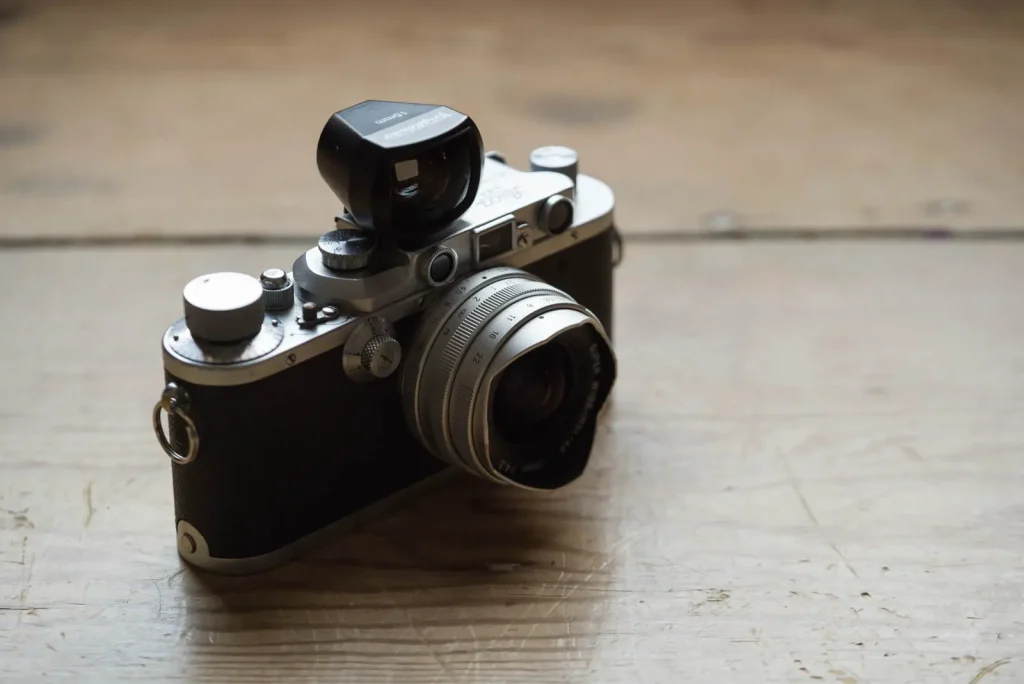
Past that comparison, there is very little to really quibble about with the little Voigtlander 15mm and its handling. It has a plenty smooth enough focus that makes for a fairly pleasing tactile experience, if not quite as entertaining one as the Hologon.
Interestingly, the aperture clicks are much less Voigtlandery than my other Voigtlander lenses. I tend to associate a slightly loose feeling with a Voigtlander aperture – but that’s not the case with this lens. I wonder if this is down to the lens being used less, or if those who have used it have changed the aperture less, either way, the aperture feels much tighter than that of my other Voigtlander lenses. Unfortunately I can’t remember if any of my other Voigtlander lenses, even the ones I had from new ever had an aperture like this. It makes no odds really, the point I’m making is that this particular lens feels very well made.
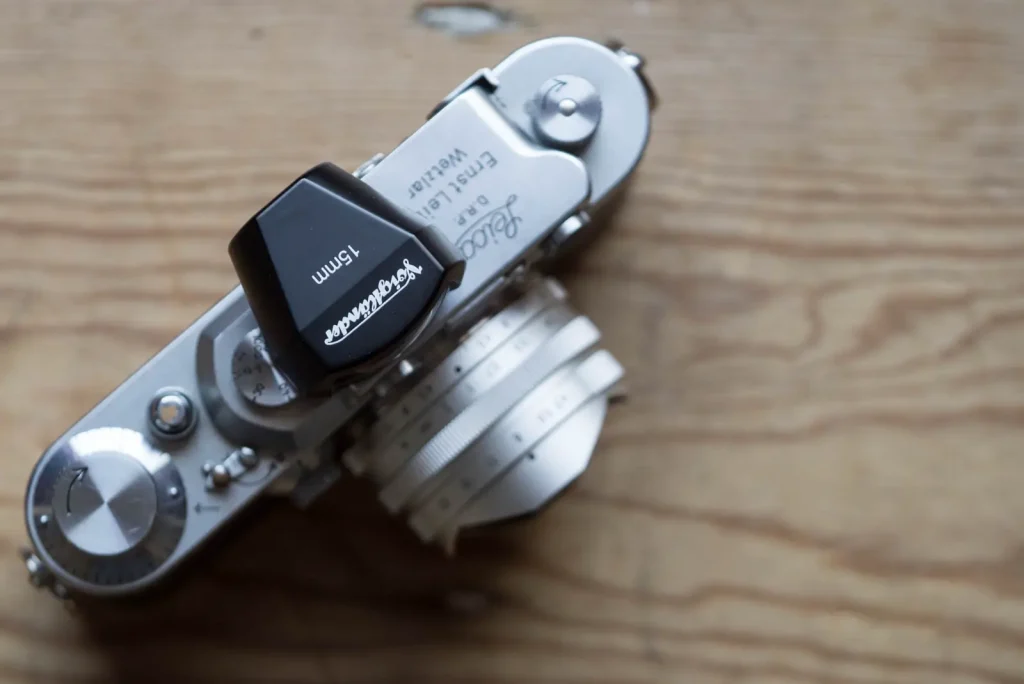
The viewfinder
Like with the Hologon, the viewfinder is the weak link in the chain. I’ve had a fair few of these plastic bodied viewfinders in the past, and have never liked them. I had the 21mm for a while, the foot of the finder for that snapped basically rendering it useless. The outcome of that frustration is that I no longer trust them. The 15mm viewfinder doesn’t have frame lines either, which as I explained in my previous review makes framing that a good bit harder in my opinion. If I were to own one of these, I think I’d be looking to invest in one of the nicer metal bodied accessory viewfinders. With them being less likely to break and having frame lines, I think they are a no-brainier, and that’s despite the absurd cost.
Lens quality
I think I was expecting to see more of a difference between the Voigtlander 15mm and Hologon in terms of image quality. In reality, with my shooting or 400iso film, I couldn’t really see that much variance between the two. I suppose I was probably slightly more impressed by the apparent resolution of the Hologon in the corners, but to be honest, I think the Voigtlander 15mm makes up for that with higher contrast. The detail in the stonework of Pershore Abbey in this shot certainly goes someway to highlight what I’m talking about – the details isn’t quite as well resolved as a shot from the Hologon might have been in the corner, but the detail looks “sharp” none the less. (Excuse the slightly boring photo)
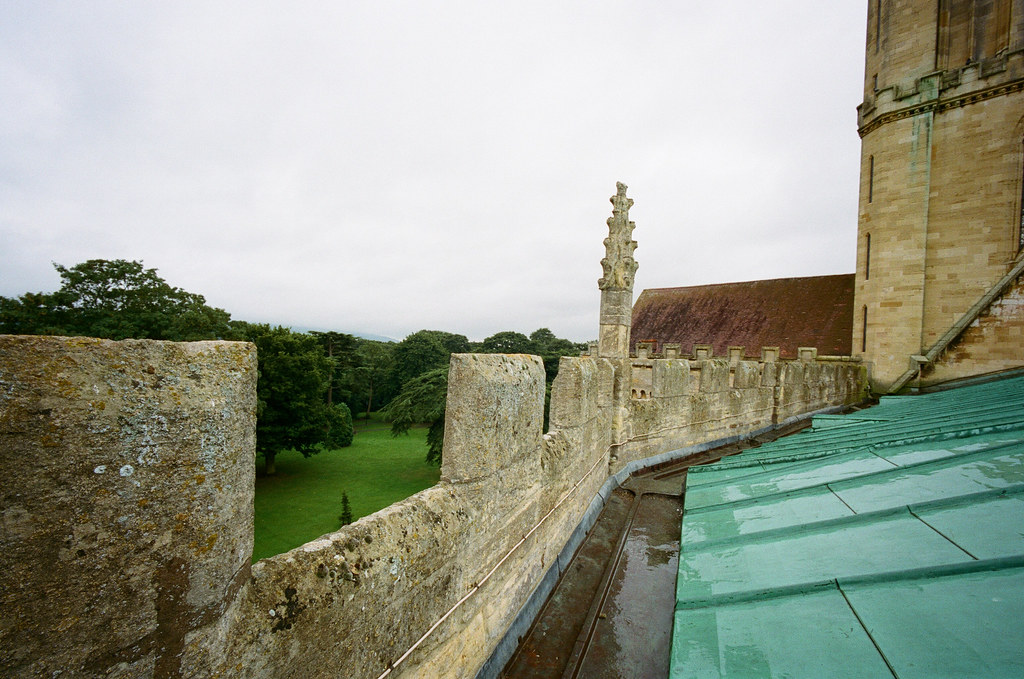
The above photo also shows off the lenses propensity to vignette, perhaps not quite as severely as the Hologon, though its hard to tell in real life. The Voigtlander also suffers from flare, though I guess due to a more complicated lens design, the flare takes on a more complicated form than that of the Hologon.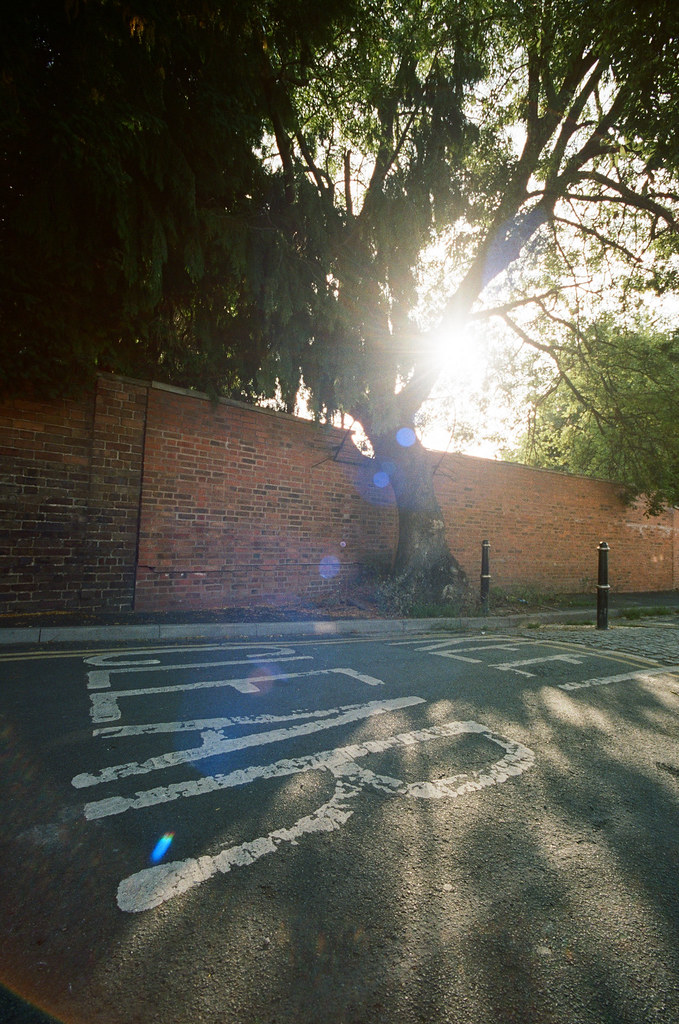 What really surprised me though was the lack of distortion. I didn’t test it exhaustively in this area, but in the architectural shots I did take, I can’t see anything more than maybe the slightest note of pincushion.
What really surprised me though was the lack of distortion. I didn’t test it exhaustively in this area, but in the architectural shots I did take, I can’t see anything more than maybe the slightest note of pincushion.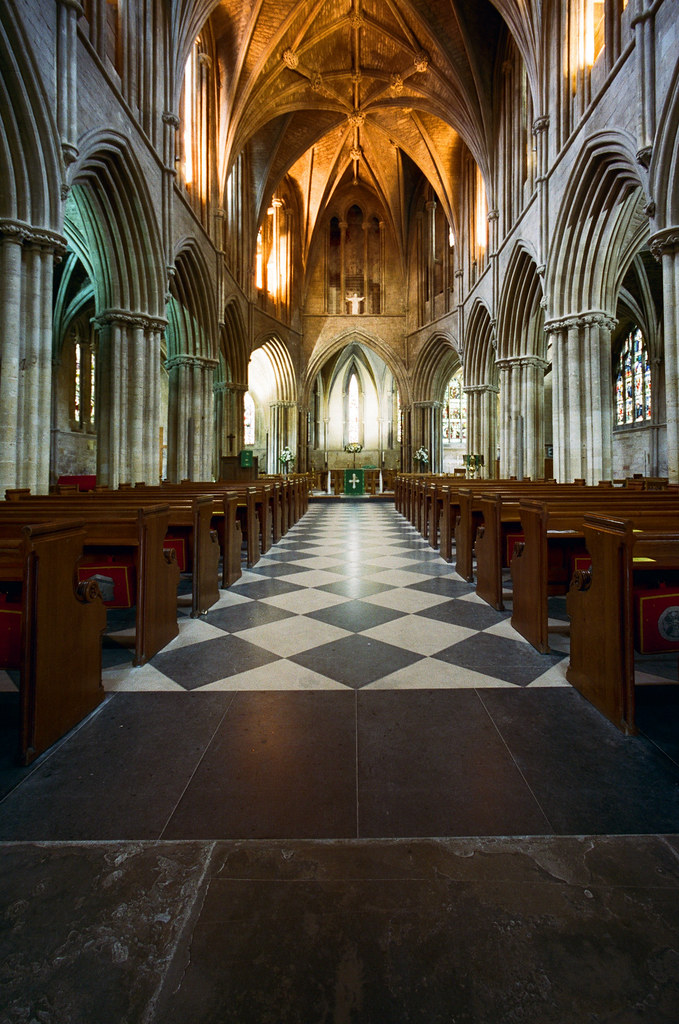
In short, it’s surprisingly hard to be critical of this lens’s image quality. It is in fact better than I remember – and certainly good enough for what I would want to use it for.
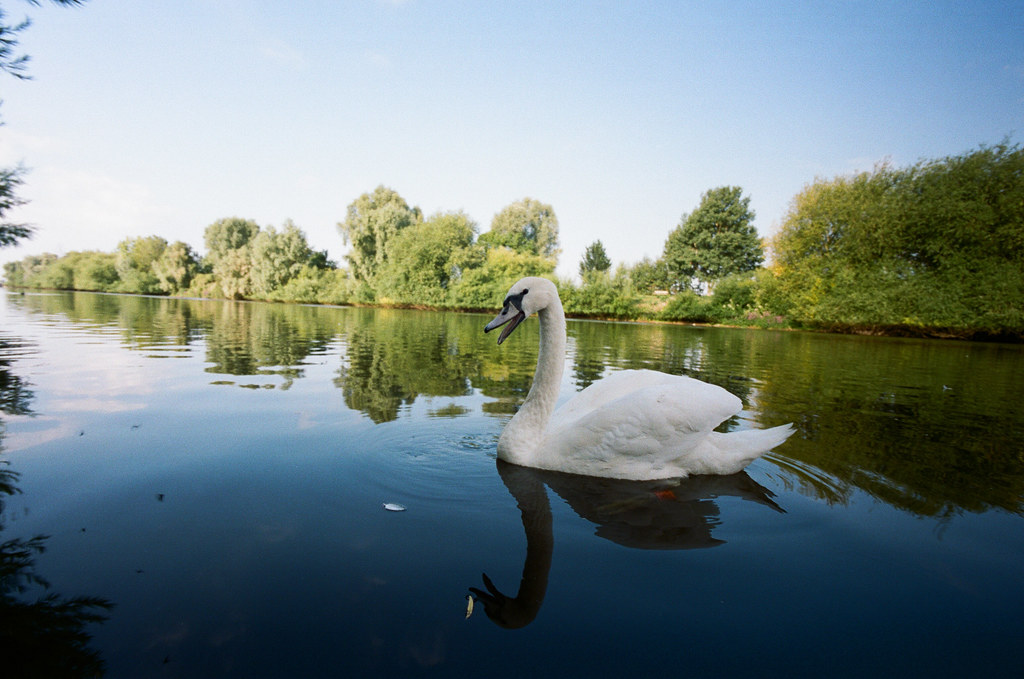
Some lens definitions here if any of that didn’t make sense.
The practical advantage of a faster ultra wide
With the Hologon and its limitation of a fixed f/8 aperture, there is perhaps a slightly greater sense of purpose required when leaving the house. I did go out with it without a tripod on one occasion but was out in the open with it, so didn’t find it an issue to shoot. When out in lower light with it, or even just in the shade, I needed a tripod. As I said in my Hologon review though, whilst this is limiting, sometimes imposed limitations can increase the enjoyment of a lens rather than decrease it – it certainly made me think a little harder about what I was doing with it.
When I first got the Voigtlander I decided I was going to try and use it in a slightly less considered way than I had the Hologon. I went out for a walk with it, knowing I was going to hit places that I might want to take a photo that we’re going to be in a lot more shade than the places I took the Hologon. When I got there, I found that were I shooting the Hologon without the tripod I’d not have been able to get a good exposure. My first instinct was to think that maybe I’d been wrong about enjoying the limitation of f8, maybe this extra 1.66ev was a useful attribute – and really it’s hard to argue with that first instinct. Where the image quality between the two lenses isn’t that far apart, the Voigtlander does offer a fairly sizeable practical advantage.
But, this advantage is only relevant if you want to shoot with a lens like this without a tripod. For me, and the things I like shooting with ultra wide lenses, a tripod is not really an inconvenience – in fact it’s often an advantage. Framing is harder with lenses like these, there is a lot to take in through that viewfinder. Being able to lock the camera in a position and then make minor adjustments is just easier than trying to frame freehand. In short, even with the Voigtlander I felt I was better off with a tripod – and once I had one, I stopped down anyway.
This next photo took me ages to frame without a tripod, in fact I would have agonised for even longer had that bird not flown into frame and made me bite the bullet. It was shot at f/4.5 – I needed the light, but had I a tripod I would have been better off in terms of finding the composition I wanted and I’d have been able to shoot at f/8 which would have likely seen slightly better corner performance…
My conclusion
As I said at the earlier of the post, this review was designed to compare it to the previously reviewed Contaxt Hologon. By that direct comparison I really don’t think that the Voigtlander is quite as special a thing. But, this is quite probably only a relevant statement if you are like me and your photography hobby expands beyond the process of taking photos, and is partnered by a camera-and-lens/kit hobby.
I know that some will think me mad for saying this, but for me it is hard to get away from the tactile enjoyment the Hologon brings. Of course, much of that might disappear as the novelty of ownership wore off – and if you don’t care about your kit, and feel it has no impact on your photography beyond the objective merits of focal length and aperture, then you can probably disregard this entirely…
That said, what I found the Hologon offered beyond its unique tactile experience is also a more unique shooting experience – one where the limitations it imposes have the potential to bring further joy to its use. I certainly got a kick out of it, a kick that it made me want to shoot and experiment with an ultra-wide field of view – something I haven’t wanted to do for some time…
Taking the last few paragraphs into account, it might just seem like I’m backing the fancy expensive horse in this race, but to be honest, that’s not entirely the case. The biggest problem I have with the Hologon is its value, if they could be had for even as much as twice the price of Voigtlander 15mm I’d still probably consider one first, but at the money they do go for, buying a Hologon is just not on my agenda.
As such, I do think the Voigtlander 15mm is by far the most sensible choice of the two lenses. The practical advantage of having that extra 1.66ev is not to be sniffed at – even by someone like me who would likely stop down to f/8 as frequently as I could. There is also a practical advantage in the design – not having that massive bulbous convex element to scratch makes me feel a lot more comfortable around the Voigtlander.
There is admittedly a slight discrepancy in the image quality between the two lenses, but nothing that I have any real issue with – and I suspect the playing field is a lot more level with the Voigtlnder at f/8 anyway.
So what does all this mean? Well, if you are a crazy person with a penchant for a crazy lens, or you just like the idea of a more unique lens with a unique user experience, it’s the Hologon every time – as long as you can afford it. But, if you’re a normal person with a smaller wallet and you want 15mm lens that does a remarkably job for the amount of money they go for, the Voigtlander 15mm has got to be very high up on the list of lenses to try!
Cheers,
Hamish
A few more shots on my flickr
Another interesting review on “Aperture Priority”
Share this post:
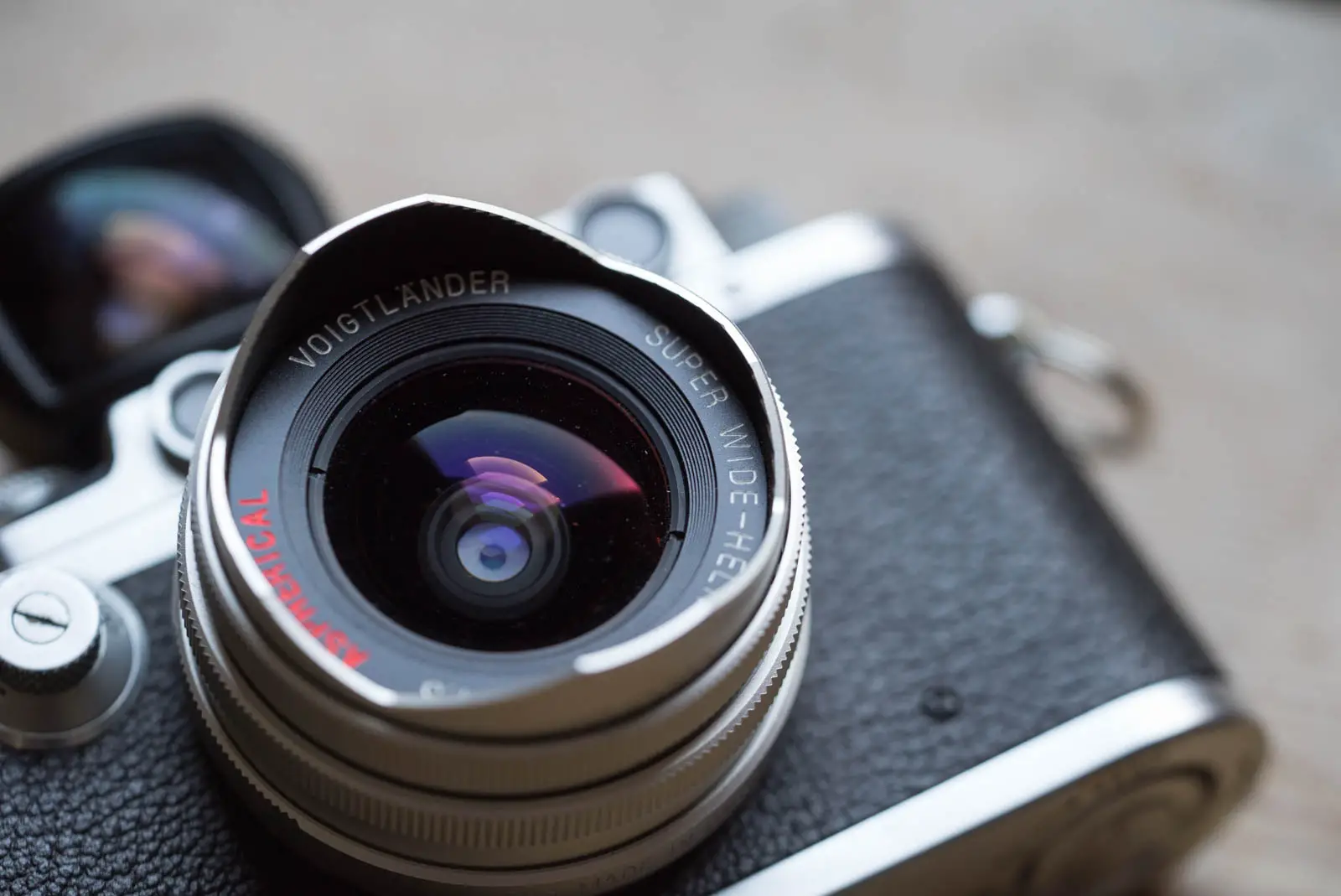
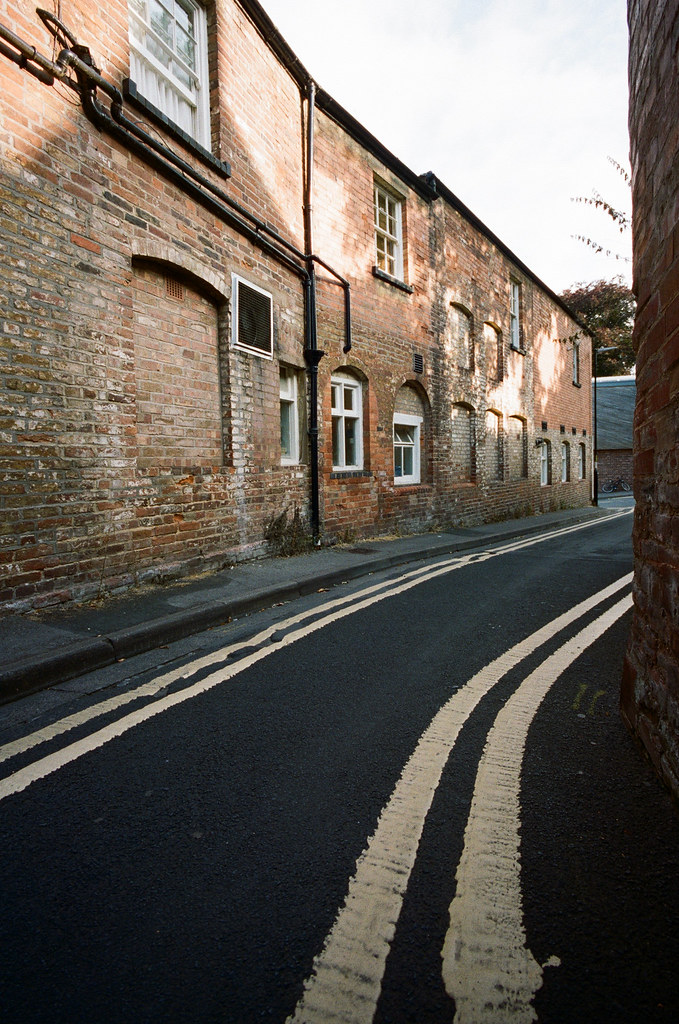
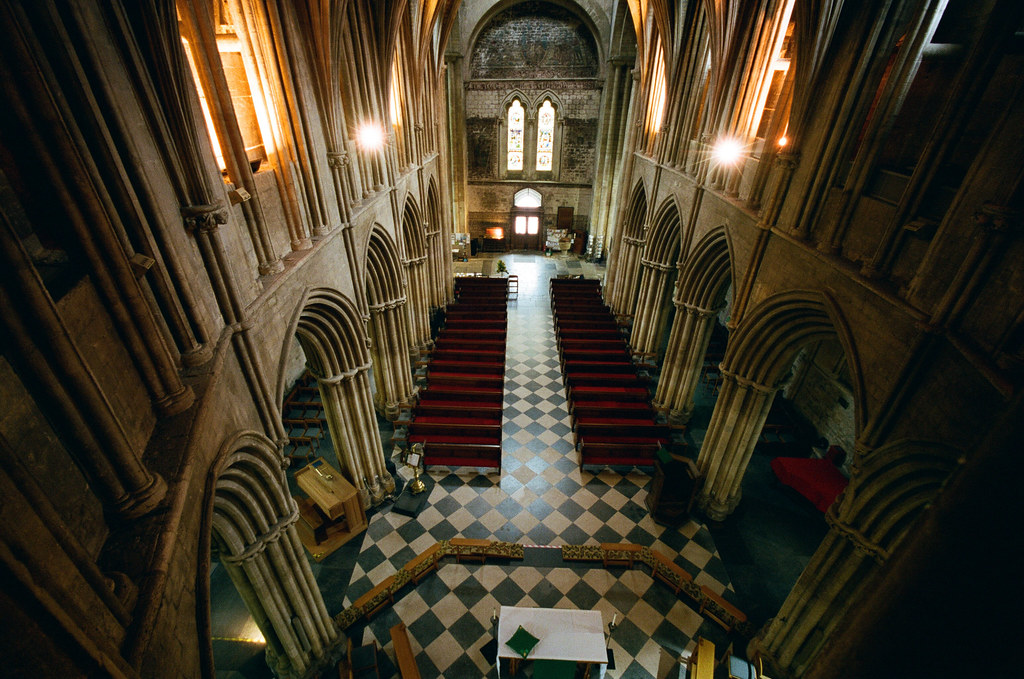
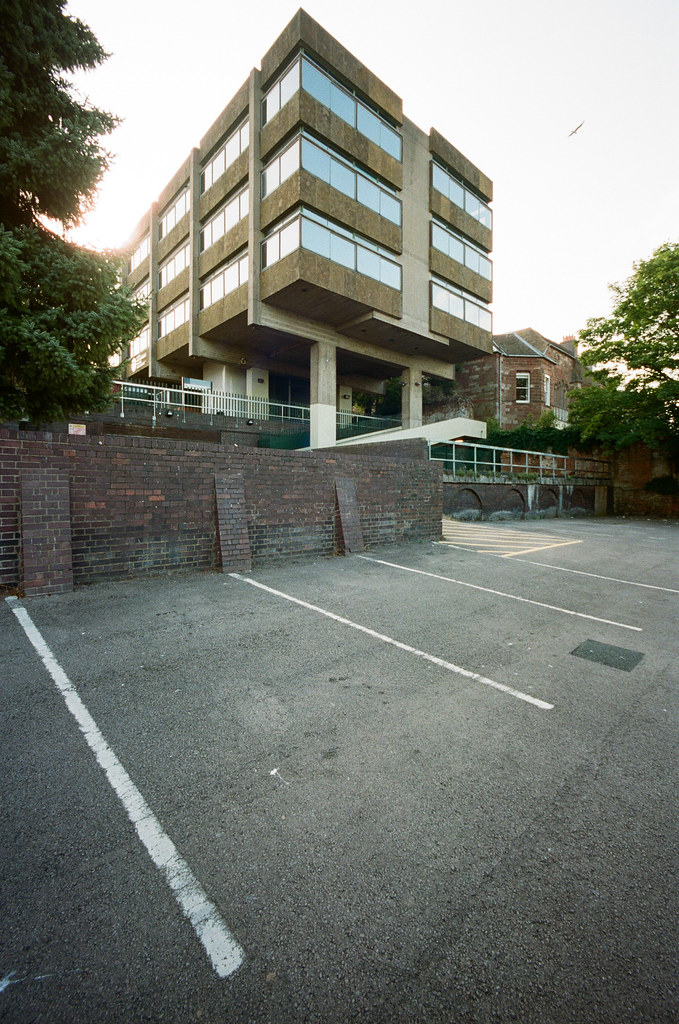








Comments
Blinx on Voigtlander 15mm f/4.5 Super-Wide Heliar (V1) Review
Comment posted: 29/08/2015
Mine is a permanent fixture on a Bessa L. Coming back from a week's holiday with the Voigtlander and looking through a normal, one-eyed finder seemed very restrictive.
Comment posted: 29/08/2015
James Fox-Davies on Voigtlander 15mm f/4.5 Super-Wide Heliar (V1) Review
Comment posted: 29/08/2015
Comment posted: 29/08/2015
Lucas on Voigtlander 15mm f/4.5 Super-Wide Heliar (V1) Review
Comment posted: 07/12/2015
Comment posted: 07/12/2015
Bernhard on Voigtlander 15mm f/4.5 Super-Wide Heliar (V1) Review
Comment posted: 18/01/2019
The Voigtländer 15mm 4.5 Heliar & An Introduction to Rectilinear Lenses | Johnny Martyr on Voigtlander 15mm f/4.5 Super-Wide Heliar (V1) Review
Comment posted: 18/04/2019
Jim Hays on Voigtlander 15mm f/4.5 Super-Wide Heliar (V1) Review
Comment posted: 18/07/2023